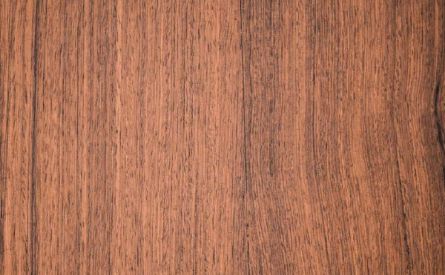Tzalam
Caribbean Walnut / Lysiloma latisiliquum

Local Names
Abey, Frijolillo, Jigüe, Sabicú, Tabernau, Tavernon, Wild Tamarind, Quebracho Colorado, Sicahuite.
Distribution & Tree
Southern Mexico, Guatemala and Belize as well as Florida, and Cuba, Haiti, Bahamas. In Guatemala, found only in Peten where it thrives in calcareous soils. A spreading tree with a rather short trunk reaching up to 75 cm in diameter; sometimes free of branches for 7 meters.
Wood Appearance
Heartwood is a lustrous walnut brown with a coppery or purplish tinge, subtly striped grain pattern. Clearly demarcated thin white sapwood. Texture is medium and grain straight to interwoven. It’s been compared to koa in appearance.
Processing Properties
Considered easy to work with low silica content, finishes smoothly, and takes a high natural polish. Due to density, tungsten carbide-tipped implements recommended. Glues well. Requires pre-boring. It should be seasoned slowly to avoid splitting at the ends.
Strength & Durability
A moderately heavy timber, the heartwood is rated as highly durable against decay and wood borers (class 1 under ASTM D 2017-71 or class 2 under EN 350-1). Probably not resistant to marine borers. Wood dust can cause skin and mucous membrane irritation.
Wood Uses
General construction, furniture, cabinetry, doors and window frames, flooring, interior trim, turnery, farm implement handles, beams, posts, woodcraft, wheelwright work, parquet, interior trims, spindles, veneer, and knife handles.
Ecological & Social Importance
In Haiti, a poultice is made from the leaves to treat skin infections. Its fragrant, reddish flowers yield nectar that produces a dark amber honey.
| Reference Species with Similar Density & Hardness | ||||
| Technical Characteristics | Tzalam | Sugar Maple | White Oak | |
| Density | kg/m3 | 753 | 710 | 750 |
| Janka Hardness | kgf | 635 | 658 | 612 |
| Bending Stiffness (Modulus of Elasticity) | GPa | 13.1 | 12.6 | 12.2 |
| Bending Strength (Modulus of Rupture) | MPa | 101.8 | 109.0 | 102.3 |
| Crushing Strength | MPa | 47.1 | 54.0 | 50.8 |
| Shrinkage, Radial | % | 2.7% | 4.8% | 5.6% |
| Shrinkage, Tangential | % | 7.2% | 9.9% | 10.5% |
| Shrinkage, Volumetric | % | 9.5% | 14.7% | 16.3% |
| T/R Ratio | 2.7 | 2.1 | 1.9 | |
| Values determined at 12% humidity - Provided for reference only | ||||
|---|---|---|---|---|
DENSITY
JANKA HARDNESS
BENDING STIFFNESS
BENDING STRENGTH
CRUSHING STRENGTH
SHRINKAGE
Values are for reference only and cannot be guaranteed. Wood is a natural material and physical and mechanical properties may vary depending on age, genetics, and other factors. We encourage customers to consult the references provided in the bibliography. For further explanations of wood’s key technical characteristics, an excellent resource is the Wood Database with articles on Density (average dried weight); Janka hardness; Elastic Modulus; Rupture Modulus; Crushing Strength; Radial, Tangential and Volumetric Shrinkage.






